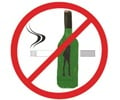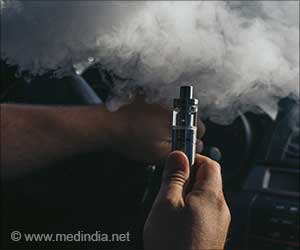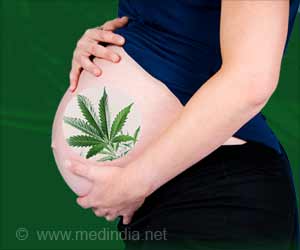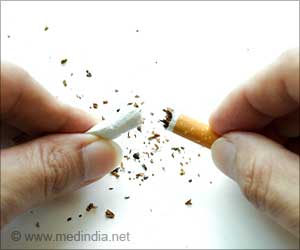Demographic factors, cognitive functioning, and brain features can predict which youth eventually initiate alcohol use during later adolescence.

‘Demographic factors, cognitive functioning, and brain features during the early-adolescence ages of 12 to 14 years can predict which youth eventually initiate alcohol use during later adolescence around the age of 18 years.’





"We were able to predict, with 74% accuracy, which 12- to 14-year-old youth eventually went on to engage in alcohol use by late adolescence," said Lindsay Squeglia, assistant professor in the department of psychiatry and behavioral sciences at the Medical University of South Carolina. "Neural features appear to be important predictors," she said. "While we are not at the point where we can scan every child''s brain and know if they will/will not begin using alcohol, this is an important step in understanding brain features that contribute to alcohol use during adolescence. We are publishing the script we used for the analyses so other groups can replicate findings, in hopes that a final, validated model can be used clinically to predict adolescent alcohol use." Squeglia will present this research at the 39th Annual Research Society on Alcoholism in New Orleans June 25-29, 2016.
The researchers gathered data on 137 healthy alcohol- and drug- adolescents through the Youth at Risk study, including extensive clinical interviews, neuropsychological testing, and structural and functional magnetic resonance imaging, followed by annual check-ups. By age 18, 70 youth (51%) had initiated heavy alcohol use and 67 had remained non-users.
"Demographic factors that predict adolescent drinking include being male, coming from a higher socioeconomic status - which means coming from families with more money and education, dating by age 14, and positive expectations of how alcohol is going to make you feel and behave, particularly in social situations," said Squeglia.
"Furthermore, poorer performance on tests of executive functioning - for example, on tasks of planning, problem solving, and reasoning - as well as differences in the structure and function of the brain during executive functioning tasks at ages 12 to 14, are also predictive of which youth initiate alcohol use by age 18," she added.
Advertisement
Source-Newswise














